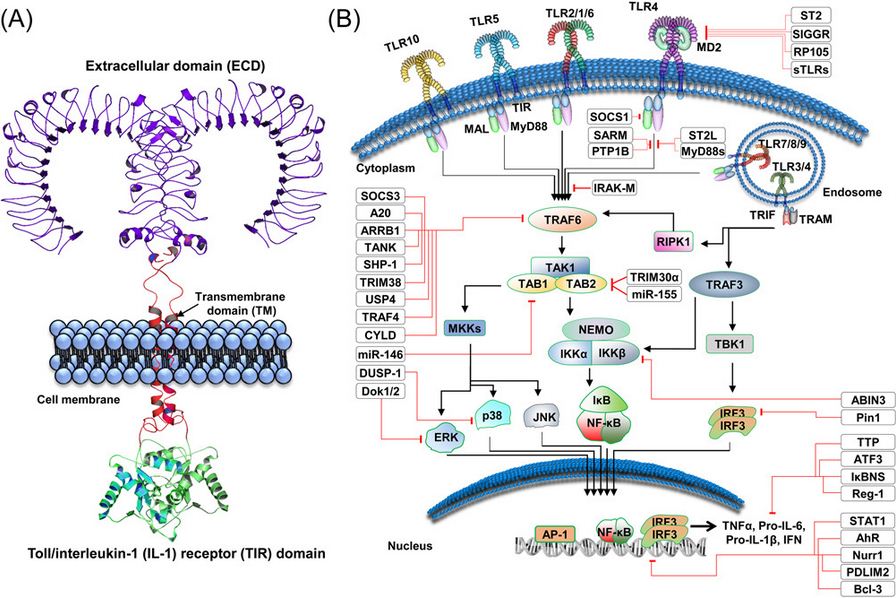
Logout
If you want to log out click in LogOut


Toll-like receptors (TLRs) are integral membrane bound receptors that are vital for innate immunity and help to shape the adaptive immune response.
These receptors are triggered by a variety of pathogen-associated molecular patterns (PAMPs), and danger-associated molecular patterns (DAMPs) (1).
You can custom your own SignArrays® with the genes of interest of your choice, according to your project, you just have to download and complete our Personalized SignArrays® information file and send it at contact@anygenes.com